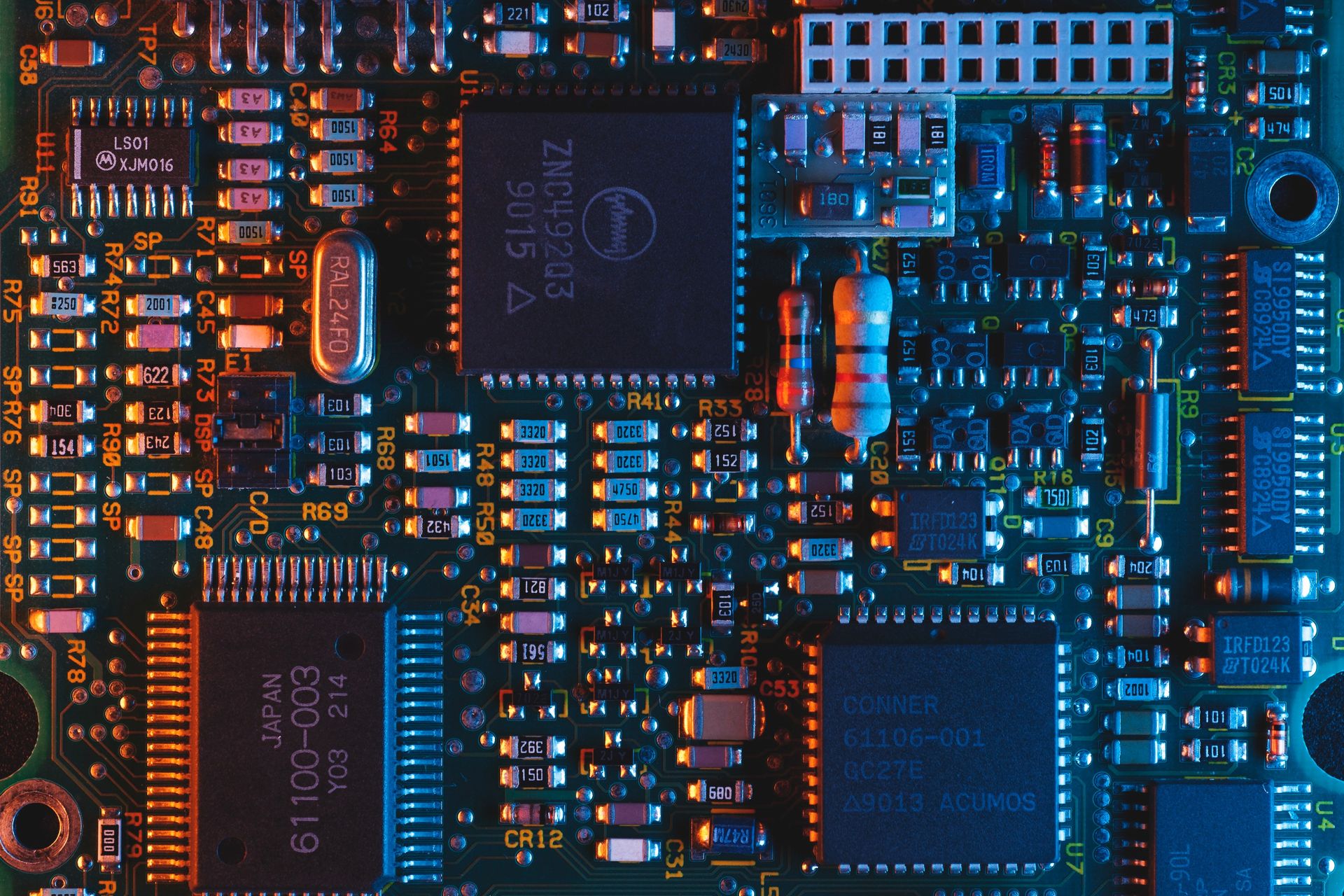The Evolution of Cyber Threats and Cyber Security Solutions
We live in the Information Age, where data is considered one of the most valuable currencies. This drives individuals and companies to great lengths to collect and use it. Unfortunately, the increasing demand for data has made many companies vulnerable to cyber threats. As a result, cybersecurity strategies and solutions are no longer an option.
How Have Cyber Threats and Attacks Evolved?
Cyber threats are anything but new. Since the 1970s, when computer viruses were first discovered, cybersecurity issues and measures have grown exponentially. Cyber threats have evolved from simple computer viruses to more significant, sophisticated threats such as malware, ransomware, phishing, DDoS, and artificial intelligence.
With the rise of data theft incidents, hackers are not just targeting multinational corporations but all companies that don’t have proper cybersecurity systems. As a result, such companies expose their clients and employees to cyber threats that can cause irreparable damage and substantial financial losses.
Technological advancements have been instrumental to this increase and diversification of cyber threats and their increased sophistication. As a result, criminals now use the most ubiquitous things easily integrated into daily routines to launch their attacks.
These can range from using simple touch points such as charging ports, email links, or passwords to accessing vulnerable company systems and launching attacks that cost millions of dollars and permanent reputational damages.
The proliferation of smartphones and digital devices has not helped the situation but further simplified attacks for cybercriminals and given them easy access to their victims’ systems with minimal resources and risk. Additionally, data management systems such as cloud computing meant to offer data storage solutions have created serious dangers for businesses.
These evolutions in cyber threats and attacks and technological advancements have enhanced the complexities and specializations we currently witness in the cybersecurity industry. As cyber thieves become more innovative and daring, organizations must employ dedicated cybersecurity teams to seal off any loopholes that can compromise their security.
A cybersecurity system can protect your company computers, communication networks, and other digital devices from unauthorized access. To maintain and ensure high levels of safety and confidentiality, cybersecurity systems constantly look out for potential threats and devise mitigation measures to avert virtual attacks.
Top Cybersecurity Solutions
Cybersecurity systems and solutions encompass various protection measures against looming threats and attacks. Companies looking to integrate these systems must prioritize adequate protection and regulatory compliance. They must also figure out how to easily integrate cybersecurity solutions into their company operations and the commensurate costs for optimizing such solutions. Let’s examine some popular cybersecurity measures and solutions that work in 2023.
1. Endpoint Security
Endpoint cybersecurity solutions cover endpoint devices, from mobile phones to laptops and digital devices. Security measures come in the form of firewalls, intrusion detection systems, and antivirus protection that are installed on company devices. These are highly effective in monitoring remote devices and can detect and prevent intrusions.
2. Cloud Security
Even though cloud computing comes with many benefits, it still poses high-security risks for many companies because it involves storing sensitive information. However, by encrypting data systems and managing access controls, companies can monitor their cloud activity and take the necessary actions to prevent hacking attempts.
3. Identity and Access Management
Data breaches often happen when information lands in the wrong hands. One way to prevent wrongful access and data breaches is by setting in place Identity and Access Management (IAM) solutions in place. These can configure identity and access points, ultimately controlling data accessibility in an organization. This is particularly helpful in remote work settings.
4. Cybersecurity Training
Unfortunately, uninformed employees remain among the weakest links in data breaches and cybercrime. Most workplace cyber attacks have been attributed to human error, from phishing emails to weak passwords.
Whether your employees work remotely or otherwise, they can benefit from cybersecurity training. Such training sessions share top tactics used by cyber criminals and empower employees to deal with threats and report the same to their security teams.
5. Security Information and Event Management (SIEM)
One of the easiest ways to detect an intrusion is by monitoring network and communication systems and devices. Through Security Information and Event Management (SIEM), companies can monitor and assess their data from multiple sources in real-time. This allows them to identify potential security threats and deal with them before they escalate into serious breaches.
Government organizations and corporations handling large amounts of data can benefit from SIEM solutions as they offer 24/7 protection.
In conclusion, technological advancements have enhanced the sophistication and frequency of cyber attacks, to substantial financial and reputational damages for unprotected companies. While it is impossible to eradicate cyber criminals, companies can employ cybersecurity solutions and measures to protect themselves from threats and attacks.
Northtelecom offers cybersecurity solutions for small, medium, and large enterprises in the energy, maritime, humanitarian, and government-related industries. Contact us today to learn how we can help you protect your company and clients from cyber criminals.















